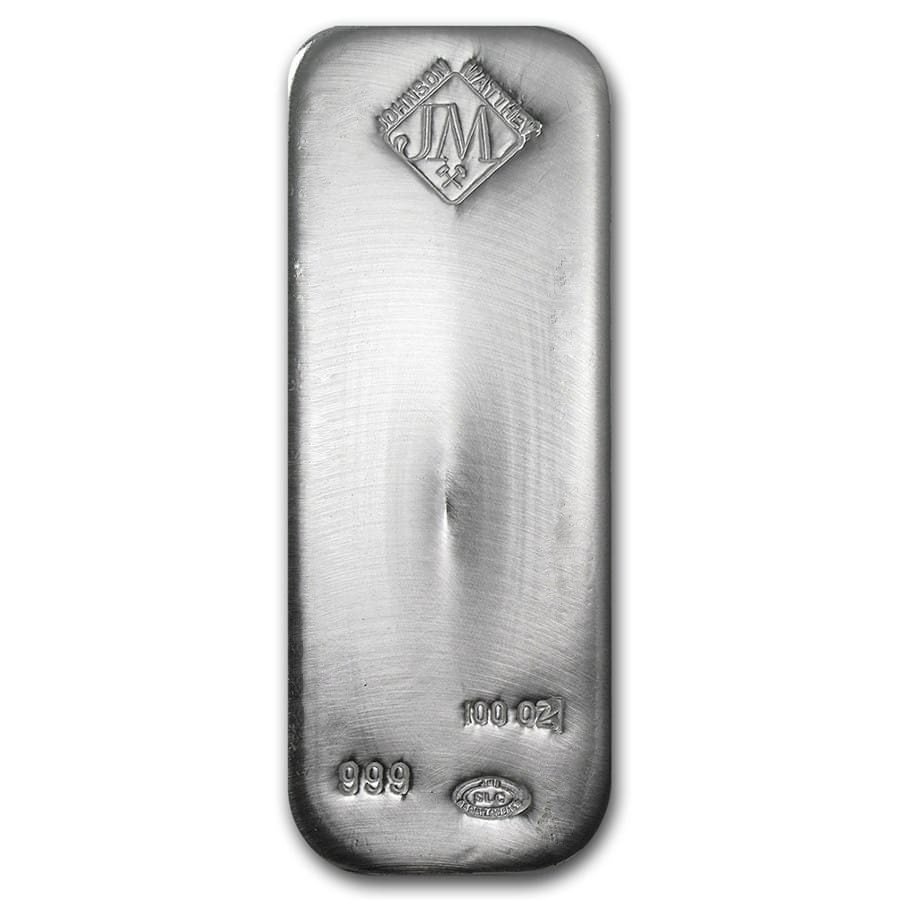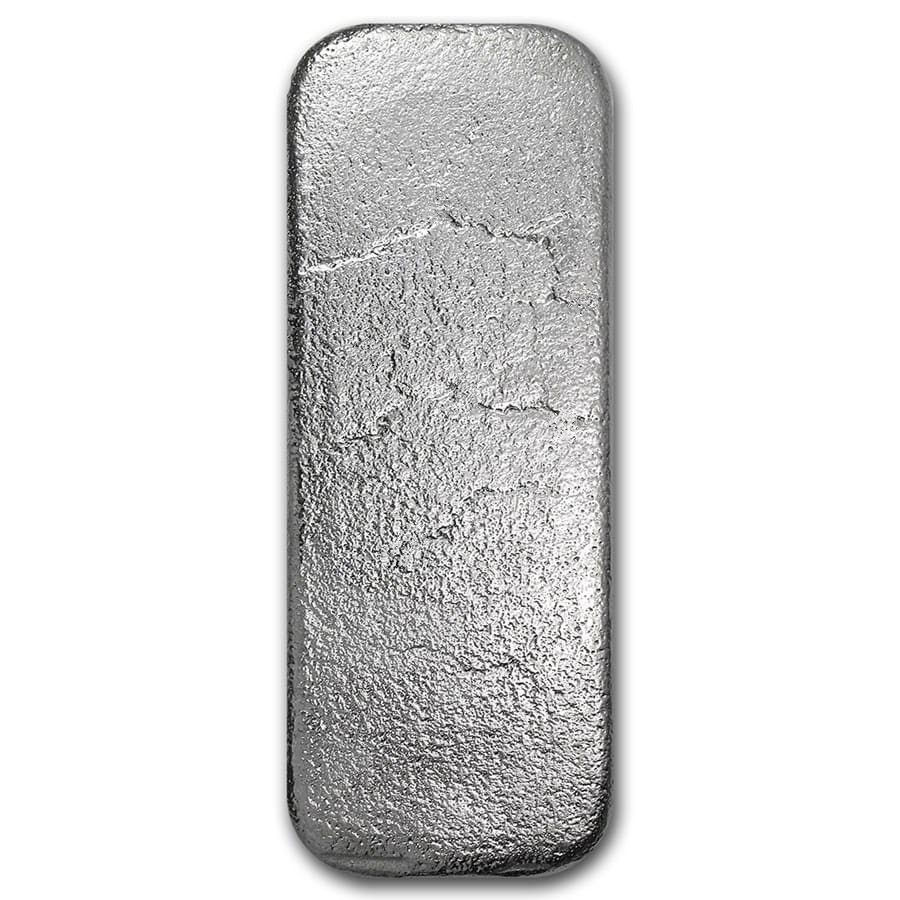Product Details
-
100 oz (3,110 gram)
74,100 oz soldLow premium bars100 oz(3,110 gram)
Low premium bars-
5.8%Buy at 5.8%Tier 1RM15,943.91
-
Tier 2RM15,921.67
-
Tier 3RM15,899.43
-
Tier 4RM15,877.20
-
Tier 5RM15,854.96
-
SellSell at -2.7%RM14,609.66
-
- Stocks in:
- JB - 0
- KL - 0
- Penang - 0
Out-of-stock in KL
-


Johnson Matthey Silver Cast Bar
Johnson Matthey is considered to be one of the world's most trusted and popular brands of LBMA good-delivery refiners in London. It was founded by Percival Norton Johnson in 1817 as a Gold Assaying business. In 1851, George Matthey joined the business and the company's name was changed to Johnson & Matthey. The company was appointed as the Bank of England's official assayer and refiner in 1852. Bullion products minted by Johnson Matthey offer one of the best combinations of quality, weight, and purity, making them extremely popular around the world. Johnson Matthey has since sold its Precious Metals refining operations to Asahi Holdings in 2015.
Key Highlights:
- Minted by Johnson Matthey
- Contains 100 Troy oz of 999 Fine Silver
- Various Condition
- Does Not Come with Assay Card
- Eligible for S.T.A.R. Storage
Specifications:
- Cast Bar
- Johnson Matthey Brand Logo
- Length: 159 mm
- Width: 51 mm
- Thickness: 38 mm
- May Not Be Serialized for Newer Versions
- Older Versions May Differ in Dimensions
Specifications
Design: The finishing is different from the Pan American silver bars due to the manafucturing process of pouring. Poured bars have aesthetic imperfections due to the manufacturing process but purity, weight and brand recognition are guaranteed. These bars have the Johnson Matthey with JM and crossed hammers in diamond logo and the JMI Assay Office certification mark in oval round SLC (Salt Lake City).
Note: All new Johnson Matthey poured bars no longer have a serial number. This is the primary difference between older, secondary market bars (which have a serial number) and the new bars which have been produced in the last few years (which do not). The reason given by Johnson Matthey is that 100 ounce bars are not used for delivery in commodity markets such as the COMEX, NYMEX and CBOT (which use 1000 ounce bars) and therefore do not require serial numbers.
About Certificates: It is an industry standard that Silver Bullion investment bars do not come with separate paper certificates. The mint logo, purity, weight and material is the inseparable certificate whose accuracy is, in this case, guaranteed by Johnson Matthey and the JMI Assay Office (usually Salt Lake City). Thus the source and reputation of the mint is the important factor to make a bar a liquid exchange medium.
Thus, for example, a separate paper "certificate" issued by an unknown or little known foundry which repeats the information shown on a bar would be redundant and meaningless. The common exception are higher premium limited edition numismatic or gift items whose certificated are used to specify than only an X number of items were produced.
Pricing Details:
Points computation: 1 bar = 100.00 points
(MYR)
(MYR)
(MYR)
Over Spot
Spread
